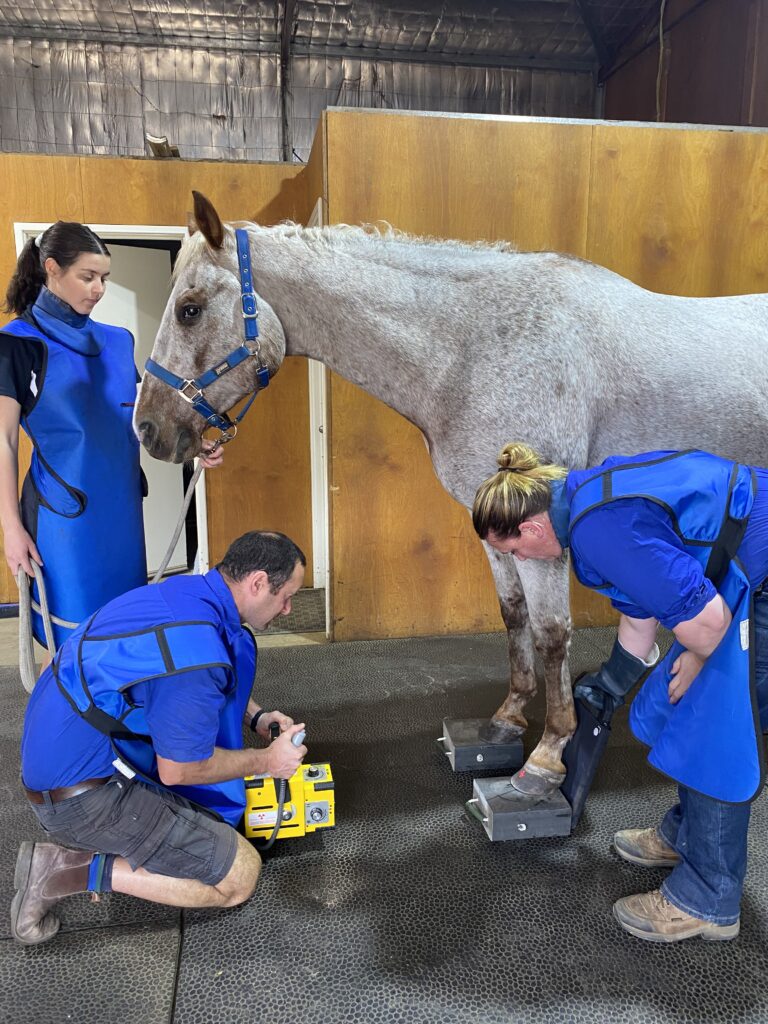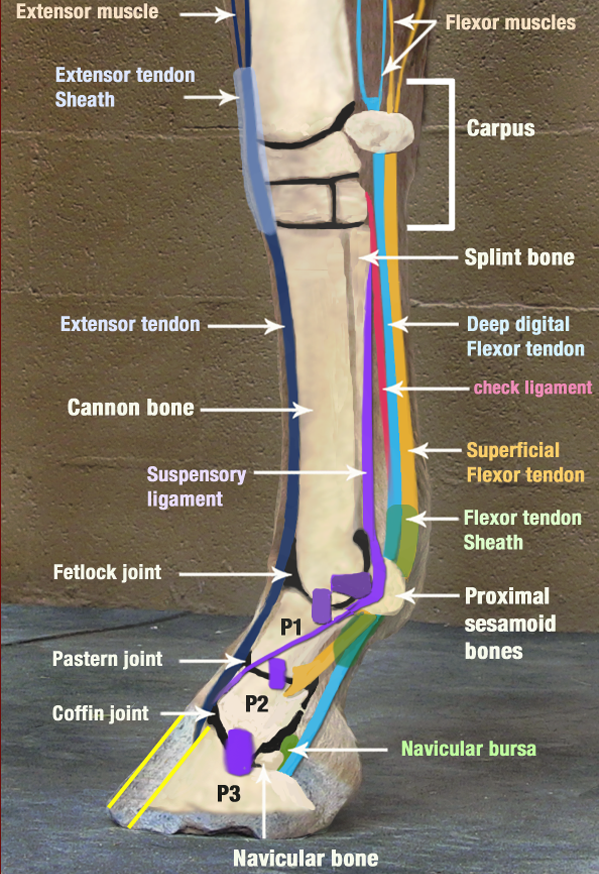LAMENESS INVESTIGATIONS
Purpose built lameness investigation area with
a straight trot-up runway and hard and soft circles.
Contact Us
(08) 9296 6666 (office hours & after-hours emergency)
admin@belvoirequinehospital.com.au
Lot 158 West Swan Rd, Belhus, WA 6069
We are well equipped for lameness investigations in all types of horses both in terms of expertise and facilities.
Investigations on a lame or underperforming horse are often in depth and take several hours to complete. Most horses go home on the same day, but sometimes we want to keep them overnight for further tests. Many owners like to stay for the initial assessment, and then leave the horse at the clinic while investigations continue.
We will always start with detailed questions about the exact problem, how long it has been present and if there was any incident which set it off. We will then palpate the horse’s legs and body looking for any areas of heat, pain or swelling and assess the flexibility of the joints and body. The horse’s movement will then be assessed, usually involving walking and trotting in a straight line as well as trotting and cantering on the lunge.
Trotting on the lunge is often done on both hard and soft surfaces to allow us to assess the effect of different levels of concussion on the horse’s legs. Flexion tests, where we hold a horse’s leg up for about 30 seconds then ask them to trot away, may be performed.




We have a purpose built lameness investigation area with a straight trot up runway and hard and soft circles. The hard circle is useful for revealing low grade lameness while the soft circle is large enough to allow ridden exercise and canter work for more in depth gait analysis.
Once the base line problem has been established, we may have a fair idea what is going on and proceed straight to x-rays or scans, alternatively we may want to localise the source of pain by performing nerve blocks. This is where we inject local anaesthetic around specific nerves or into a particular joint to numb a region of the horse’s leg or body. A few minutes later we watch the horse exercise again to determine if the problem has improved. For instance, if a lame horse becomes sound when his hock is numbed, we know that his pain is coming from that joint.
Once we know where the pain is coming from, we will then perform x-rays, scans or sometimes we refer for an MRI scan to find the cause of the problem.
Having made a diagnosis, we can then advise you on the best treatment options and the prognosis.





